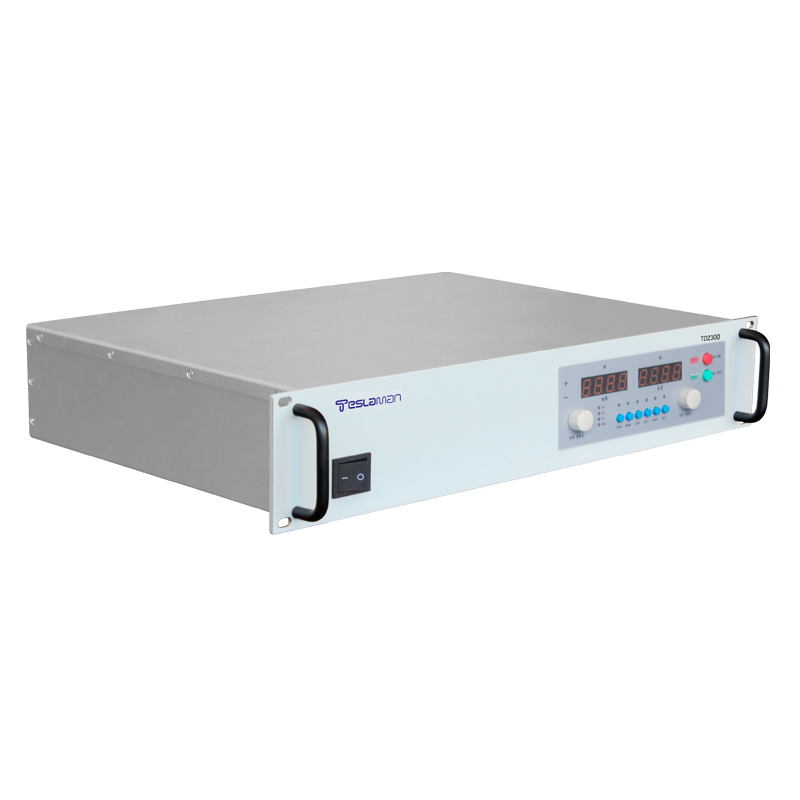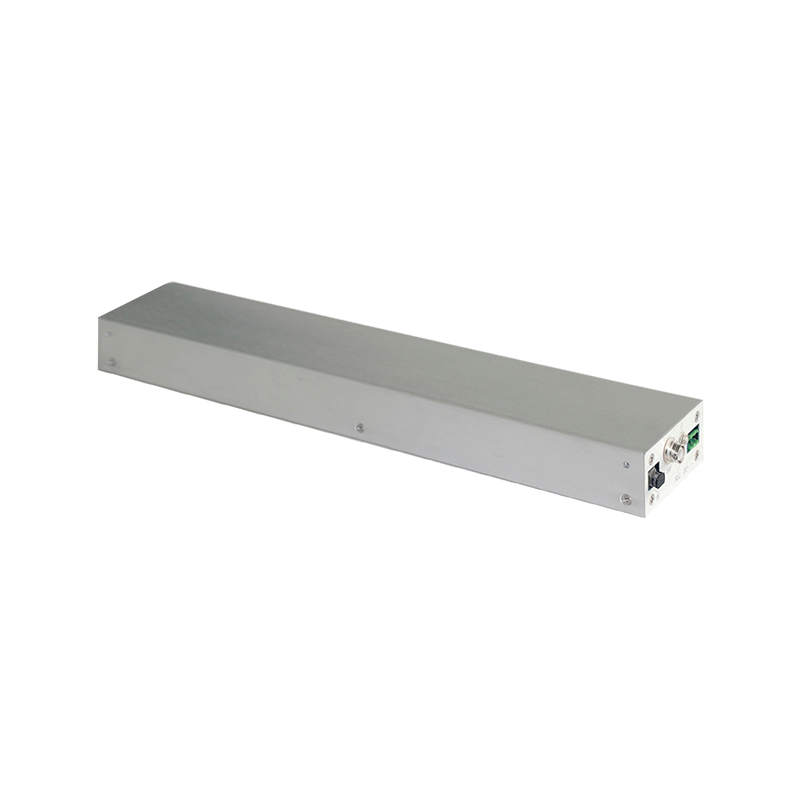Compatibility Design of Universal Laboratory Power Supplies
In modern laboratories, the diversity of precision instruments and equipment poses significant challenges to power supply systems. Power compatibility design impacts not only equipment stability but also the accuracy and reproducibility of experimental data. Facing the diverse requirements of different instruments for parameters such as voltage, current, and ripple, universal laboratory power supplies must achieve one-power-fits-all capabilities through systematic design.
Complexity of Equipment Requirements
Laboratory instruments exhibit highly diverse power requirements. For example, signal generators rely on high-frequency stable power (typically requiring bandwidth >100kHz) to ensure undistorted output waveforms, while precision equipment such as mass spectrometers and electron microscopes demand power supply noise below 1%, as even minor interference may cause image distortion or data drift. Additionally, high-power equipment like rapid thermal cycling test chambers requires three-phase 380V power to support instantaneous high currents (peaking above 15kW), with voltage fluctuations strictly controlled within ±5%. This complexity necessitates a power system with dynamic adaptability rather than simply providing fixed output.
Core Compatibility Technologies
Achieving broad compatibility relies on three key technical dimensions:
Wide-Range Adaptive Output: Universal power supplies must cover 48V-600V DC and 100-240V AC wide voltage ranges, supporting multiple modes including constant voltage (CV), constant current (CC), and constant power (CP). Fine adjustments of 1V/1mA ensure matching with various equipment.
Dynamic Load Response Mechanism: Utilizing multi-stage filtering topologies (e.g., LC + π-filter) to suppress high-frequency ripple, combined with voltage-stabilizing circuits featuring transient response times <50μs, maintains output stability during sudden load changes.
Intelligent Protection Systems: Integrating three-level protection against over-voltage/under-voltage/short circuits, TVS diodes combined with self-recovering fuses isolate faults within 2ms, preventing equipment damage from power abnormalities.
Electromagnetic Compatibility (EMC) Breakthroughs
In laboratory environments, power supplies act as both interference sources and receptors, making EMC design critical:
Interference Suppression: Implementing two-stage EMI filters at the power input (insertion loss >60dB@1MHz) combined with magnetic ring chokes to absorb common-mode noise reduces conducted interference below EN55011 Class B standards.
Enhanced Immunity: Adopting layered shielding technology—copper foil electrostatic shielding for transformers and permalloy enclosures (μ >5,000)—achieves radiation immunity over 10V/m.
Grounding Optimization: Establishing instrument grounding networks independent of building ground wires, using star-topology busbars with cross-sections >4mm², ensures grounding resistance <0.1Ω and eliminates ground loop interference.
Intelligent Monitoring and Adaptive Evolution
Modern laboratory power supplies are transitioning from passive power delivery to active management. Built-in digital signal processors (DSP) monitor load characteristics in real time to automatically switch operating modes: for example, instantly boosting output power and activating PFC correction when detecting high current draw from constant temperature chambers, while enabling low-noise mode for electrochemical workstations. Integrated with IoT architectures, power supplies can record historical load curves, predict equipment usage patterns, and dynamically balance energy efficiency with compatibility.
--
The compatibility design of laboratory power supplies has become an invisible cornerstone supporting scientific innovation. Through the deep integration of wide-range output architectures, multi-dimensional electromagnetic protection, and intelligent control technologies, next-generation universal power supplies not only solve equipment power-matching issues but also establish stable, clean laboratory energy ecosystems. As power electronics and artificial intelligence converge, laboratory power supplies will evolve from universal compatibility to active adaptation, providing more reliable energy security for cutting-edge scientific research.




















